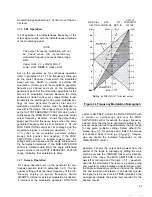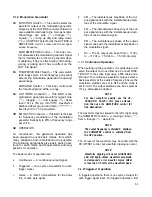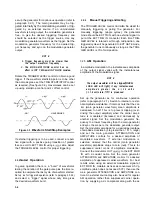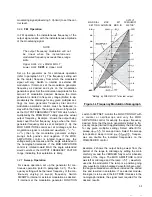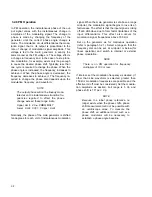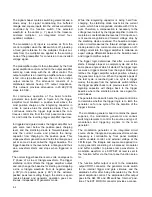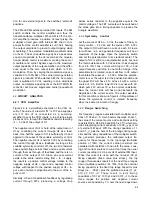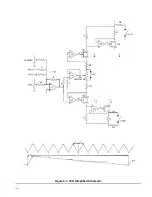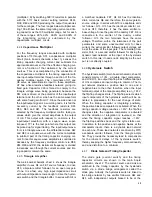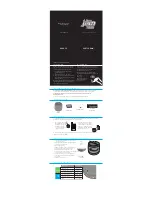
1.1 THE MODEL
148A
Wavetek Model 148A, 20 MHz AM/FM/PM Generator
is a precision source of sine, triangle, square, ramp
and pulse waveforms plus dc voltage. The waveforms
may be controlled in symmetry as well as amplitude
and dc offset. A built-in modulation generator can
modulate frequency, phase and amplitude or modula-
tion may be by an external source.
The generator may be run in continuous mode or trig-
gered for a single pulse or gated for a burst of pulses.
Triggering and gating may be by the Model 148 built-in
modulation generator or by a n external source. The
triggered and gated waveform start/stop point is
selectable from -
t
Start/stop con-
trol plus dc offset control gives haverwave capability.
The main output of waveforms may be attenuated and
offset. A TTL sync pulse is available at main generator
frequencies, and the modulation generator waveforms
are available at fixed amplitudes.
Frequency of both the main generator and the
modulation generator can be manually controlled at
the front panel or electrically controlled by external
voltages.
1.2
SPECIFICATIONS
1.2.1
Main Generator
1.2.1.1
Waveforms
S e l e c t a b l e s i n e
, triangle
, square
,
positive square
, negative square
and dc. A
TTL sync pulse is provided on a separate output con-
nector. All can be produced with variable symmetry,
amplitude and dc offset.
1.2.1.2
Operational Modes
Continuous: Generator oscillates continuously at the
selected frequency.
External Trigger:
Generator is quiescent until trig-
gered by an external signal, then generates one cycle
at the selected frequency.
External Gate: Same as external trigger, except gen-
erator oscillates at the selected frequency for the
duration of the positive state of the external signal
plus the time to complete the last cycle.
Internal Trigger: Same as external trigger, except that
the modulation generator is internally connected to
the trigger input of the main generator.
Internal Gate: Same as external gate, except that the
modulation generator is internally connected to the
trigger input of the main generator.
Modulation Modes
Internal Modulation
Setting a front panel modulation switch in the INT
position routes the selected modulation function from
the modulation amplitude control to the selected mod-
ulating circuits of the main generator.
Amplitude Modulation (AM):
modu-
lation functions are used in this internal modulation
mode. With modulation amplitude ccw, carrier at
function output is not amplitude modulated and ap-
proximately half of normal (AM OFF) amplitude.
Clockwise rotation of modulation amplitude results in
increasing amplitude modulation of the carrier to at
least 100% AM.
Frequency Modulation (FM) and Sweep:
and
modulation functions are used to linearly
sweep the main generator frequency. The frequency
dial sets the lower sweep limit and the modulation
amplitude control determines the upper frequency
limit (not to exceed 2.0 x multiplier). A sweep set
mode allows precision setting of upper frequency
limit. For frequency deviation, the dial determines the
center frequency and modulator
,
or
varies the main generator frequency above and below
l - l








